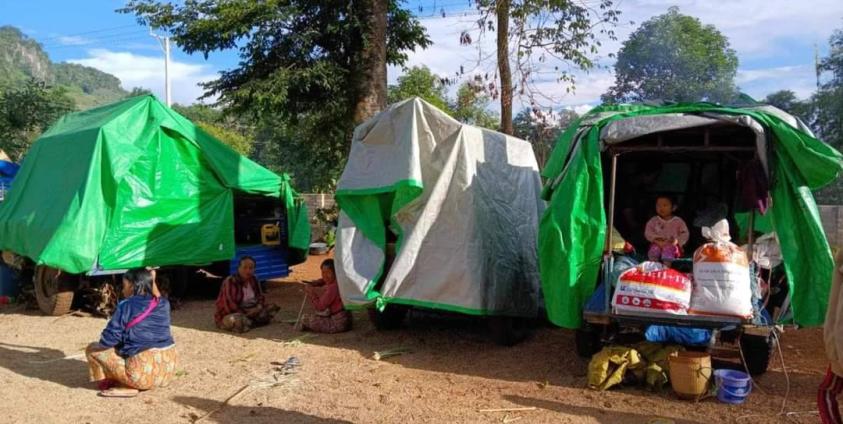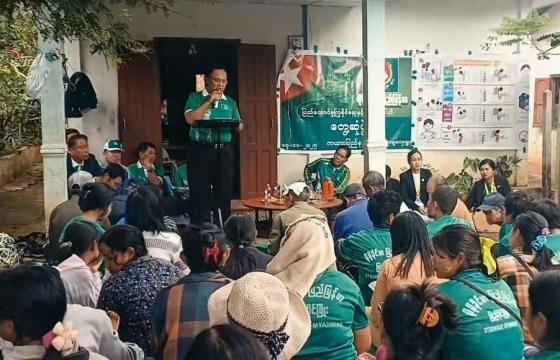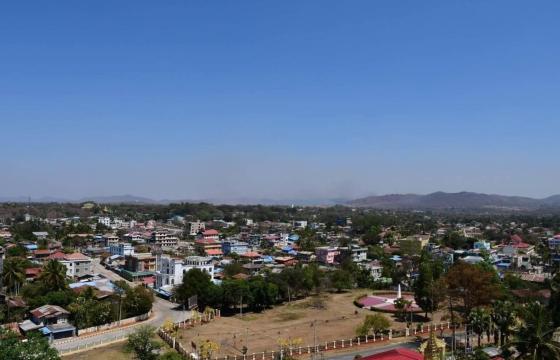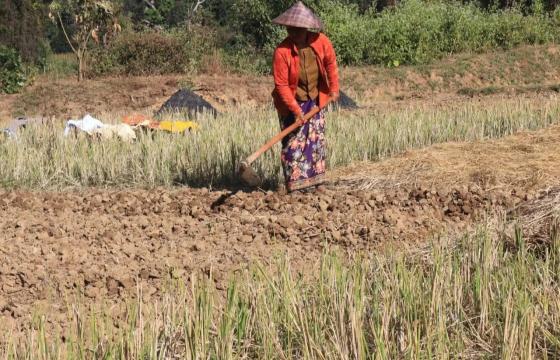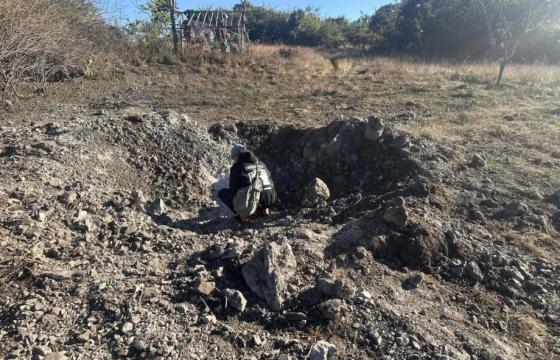In southern Shan State, more than 40,000 internally displaced persons (IDPs) from the Karenni community continue to face severe hardships, with humanitarian aid becoming increasingly scarce, according to humanitarian workers assisting these populations.
Organizations providing assistance to these IDPs are encountering significant challenges. A representative from the Pa-O Youth Organization (PYO) told Kantarawaddy Times:
“The availability of aid in southern Shan State has drastically declined. Many of those displaced in the jungles have gone without assistance for an extended period. Delivering aid has become incredibly difficult due to the ongoing conflict, terrain conditions, and communication barriers. The needs of the displaced are overwhelming.”
The Karenni IDPs have sought refuge in areas such as Nyaung Shwe Township, Hsihseng Township, and Pinlaung Township.
In Nyaung Shwe Township, displaced individuals have reportedly faced pressure from the military council to return to their original villages, according to the IDPs.
Meanwhile, Hsihseng Township is witnessing ongoing military operations involving junta forces and the allied Pa-O National Organization (PNO) People’s Militia against resistance groups. The clashes are occurring daily, forcing not only Karenni IDPs but also local Pa-O residents to flee the area, said Khun Reinn Yan, spokesperson for the Pa-O National Liberation Army (PNLA).
“Thousands of Pa-O people have been displaced as a result of the fighting. They urgently need support, particularly food supplies and essential personal items,” Khun Reinn Yan stated.
The newly displaced populations reportedly include residents from villages in Hsihseng, Pinlaung, and Nyaung Shwe Townships, such as Htee Sone, Phyu Kyut, and Naung Taw. Additionally, they include villagers from Mauk Mae Township, including Htee Han Khwe, Htee Phat Nam, Htee Ree, and Ngo Reim.
Furthermore, data released by the Pa-O Youth Organization (PYO) on January 13, 2025, indicates that over 60,000 people have been displaced due to fighting in southern Shan State between early 2024 and early 2025.

